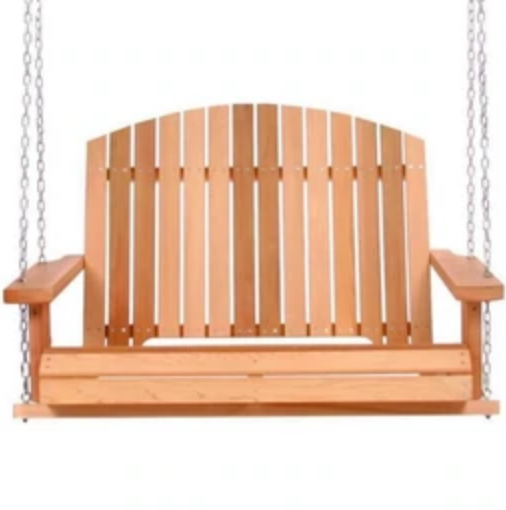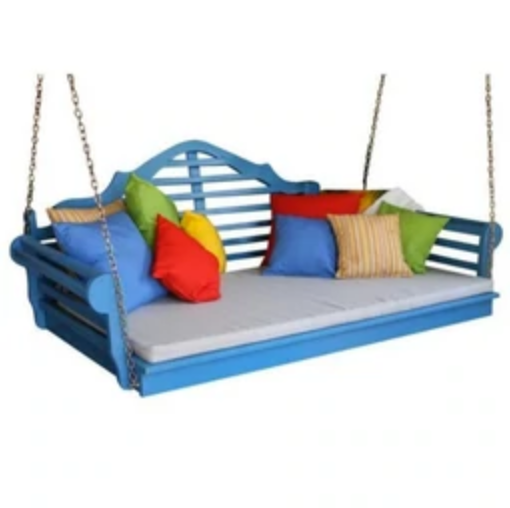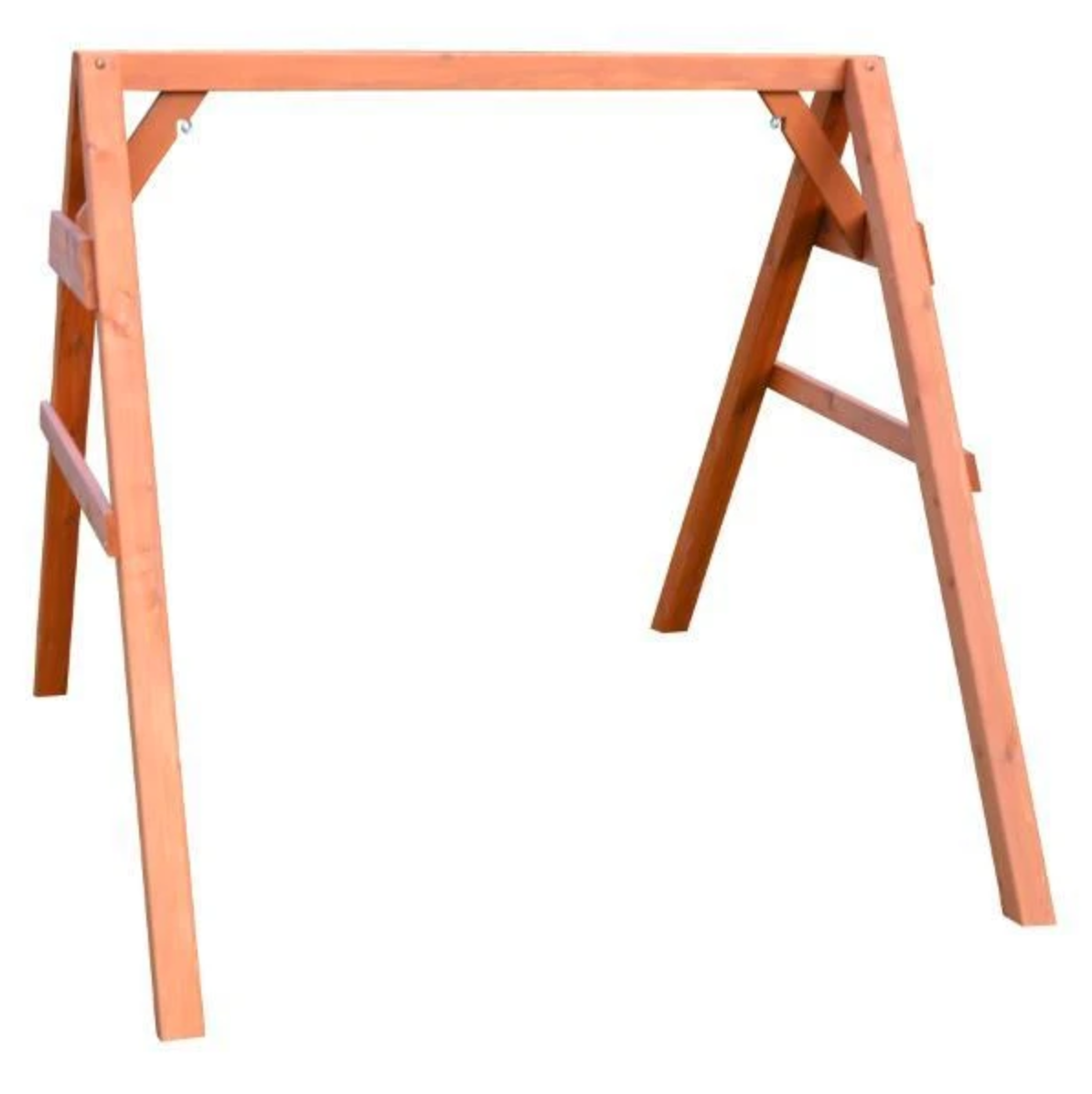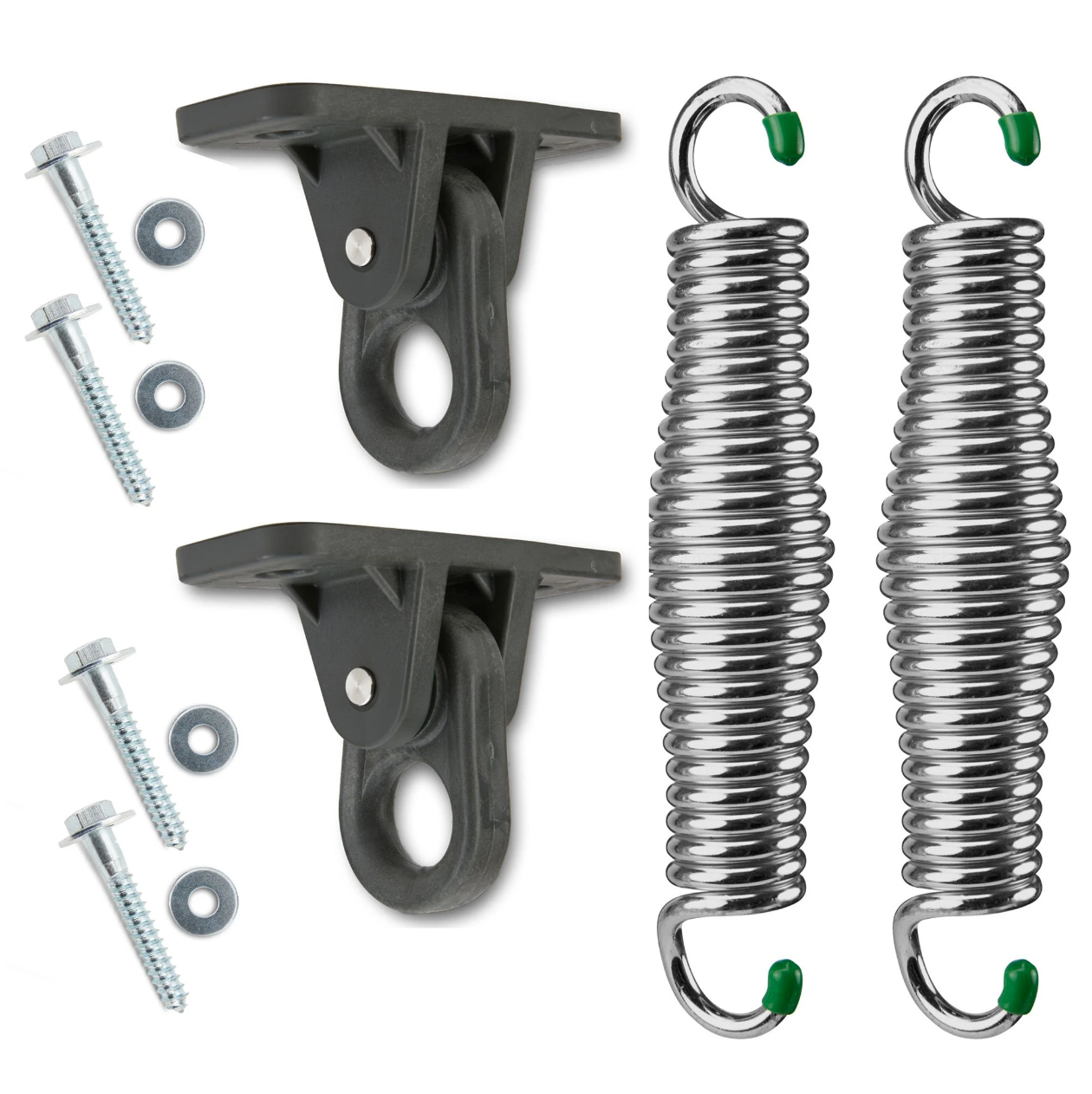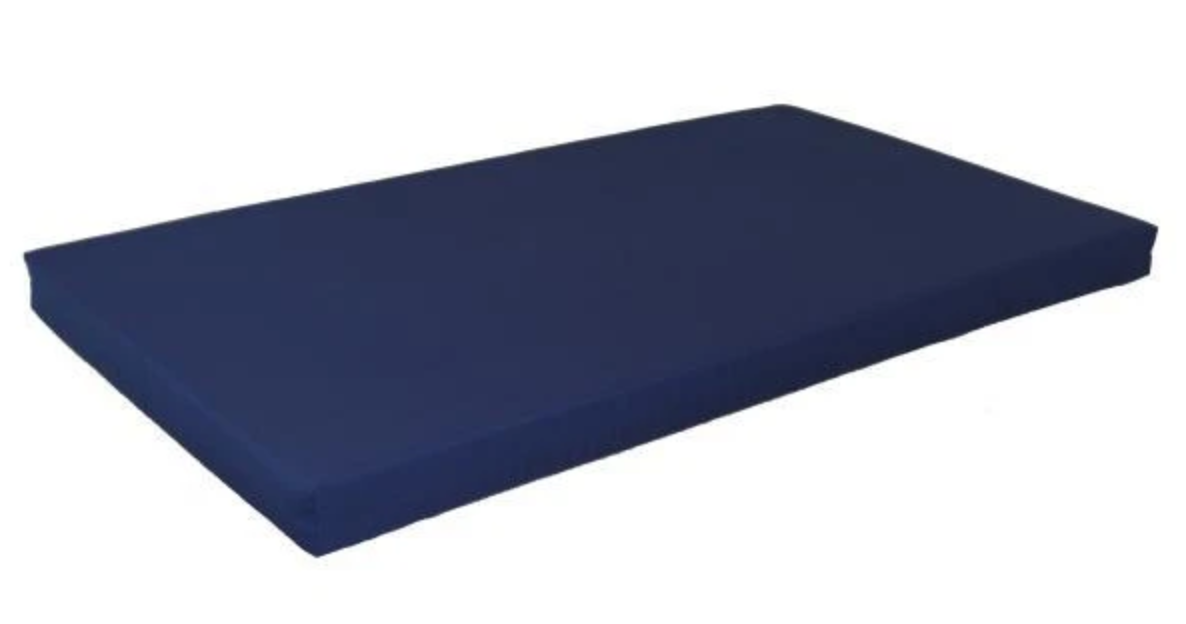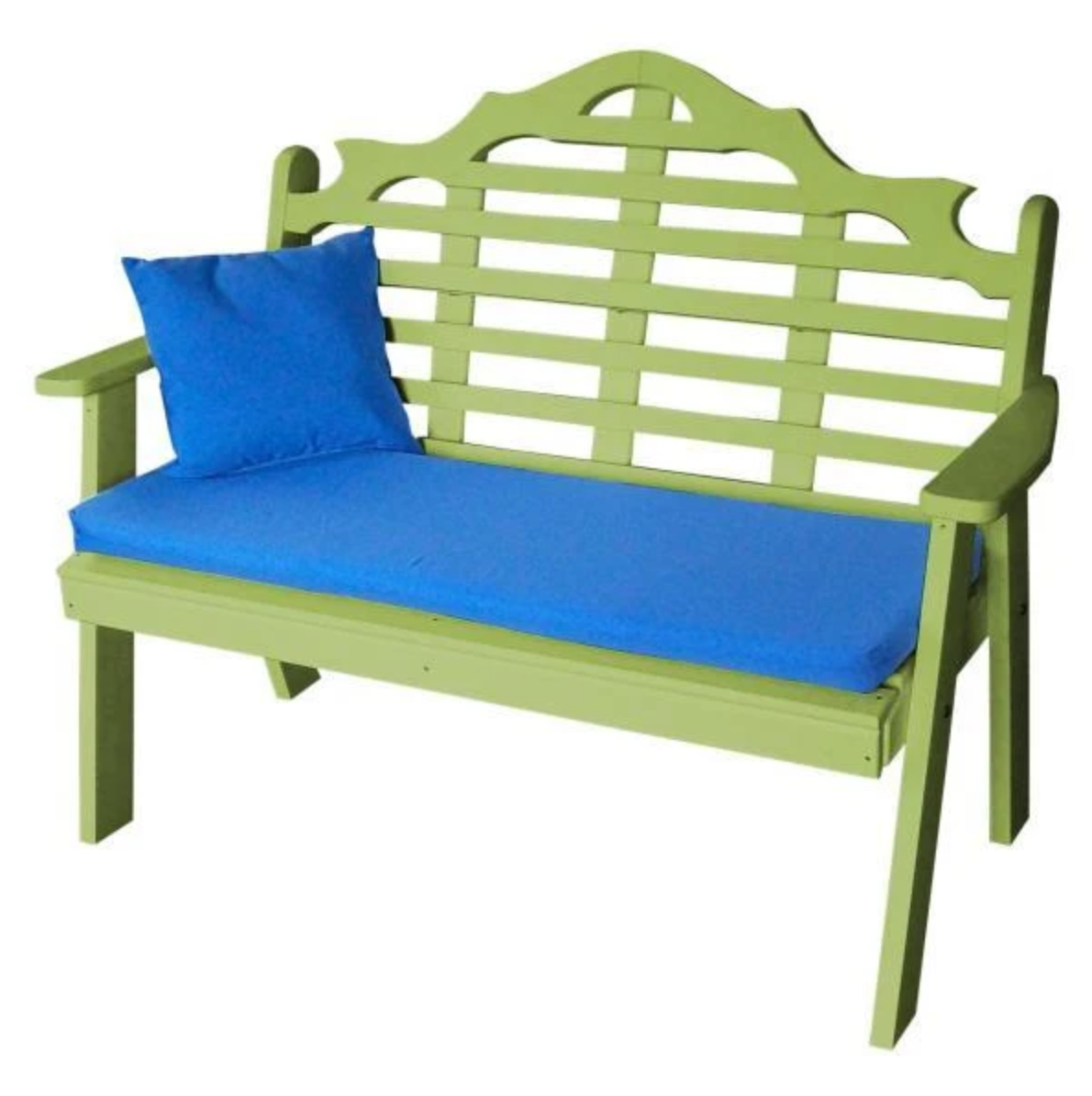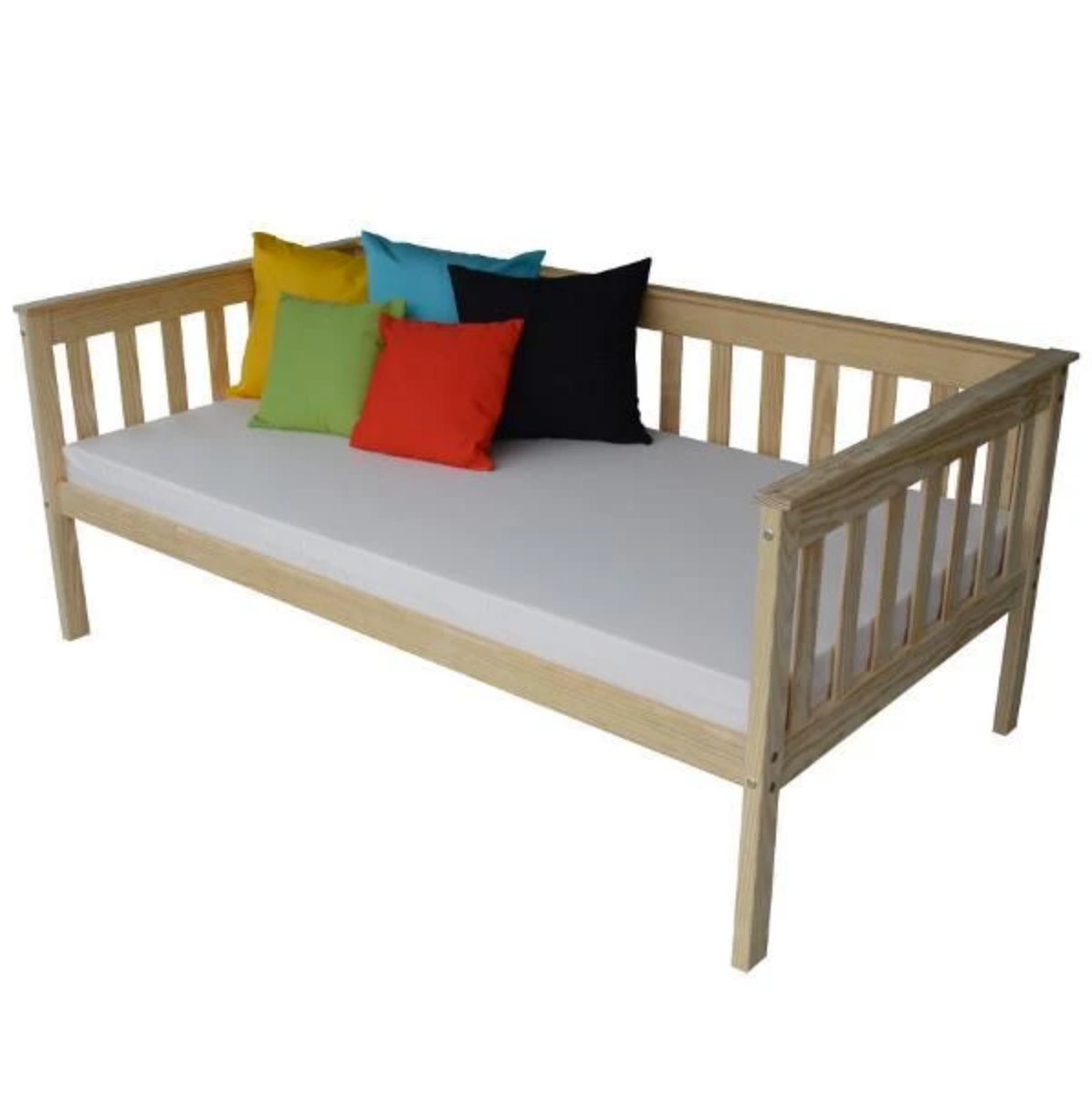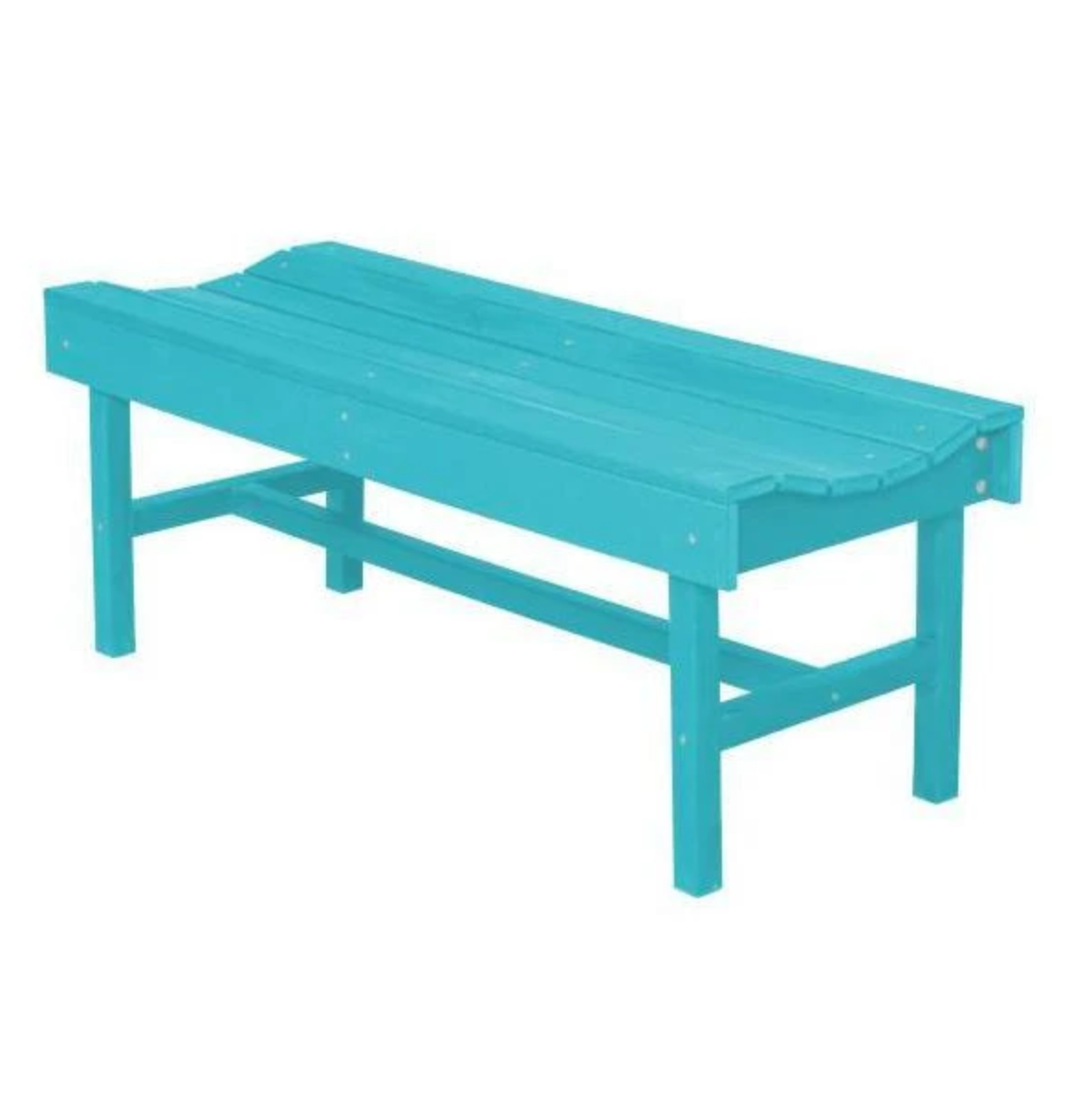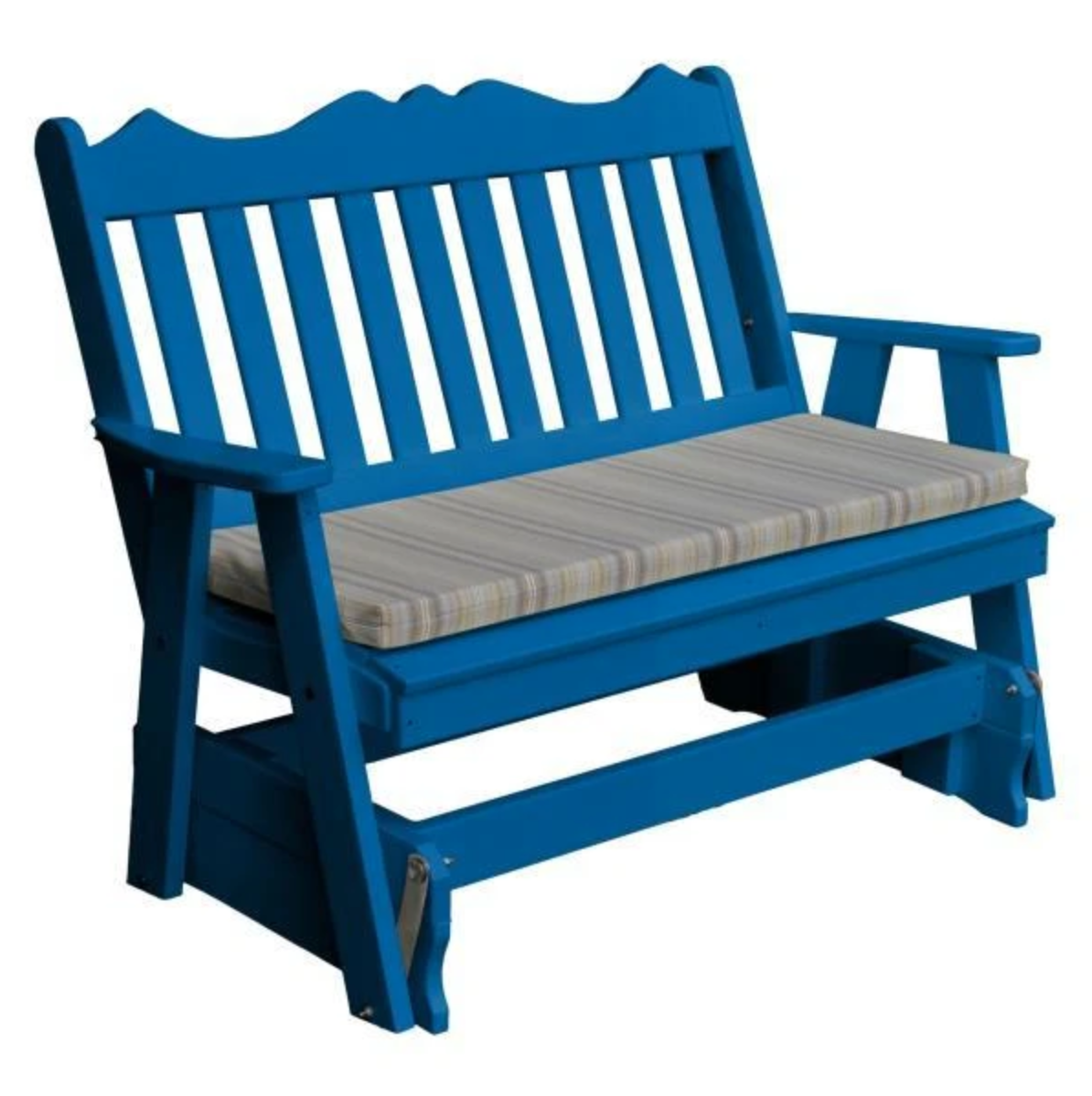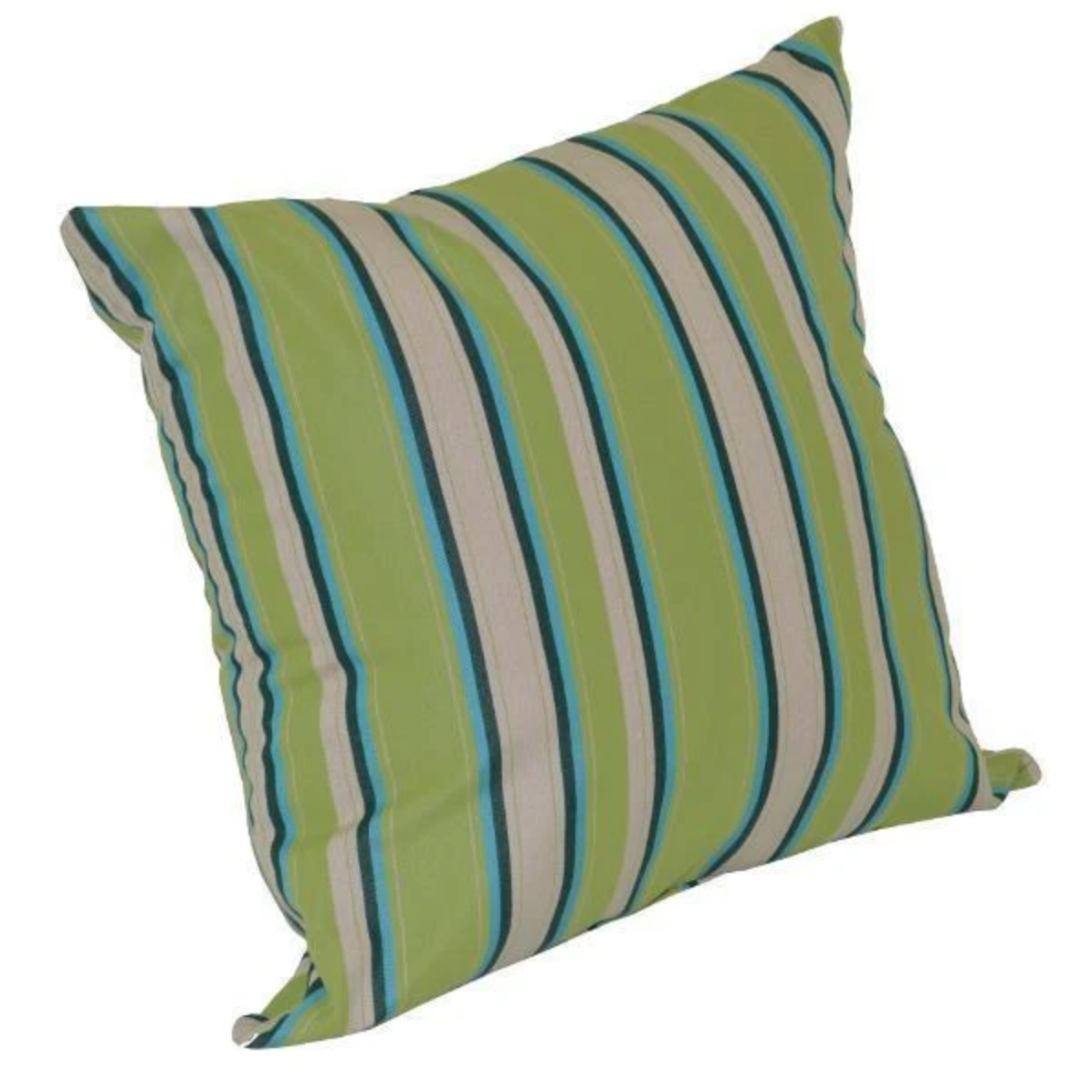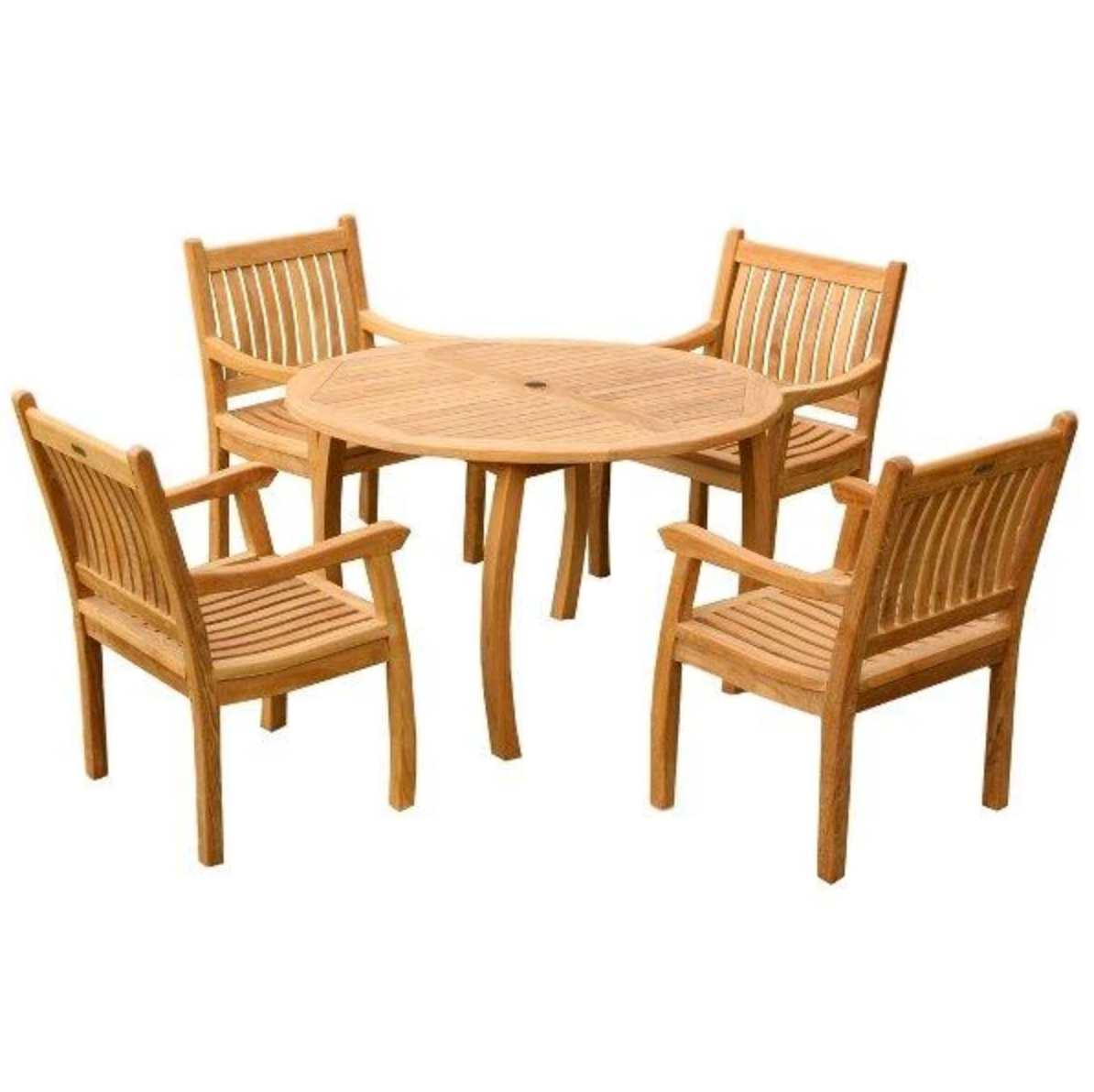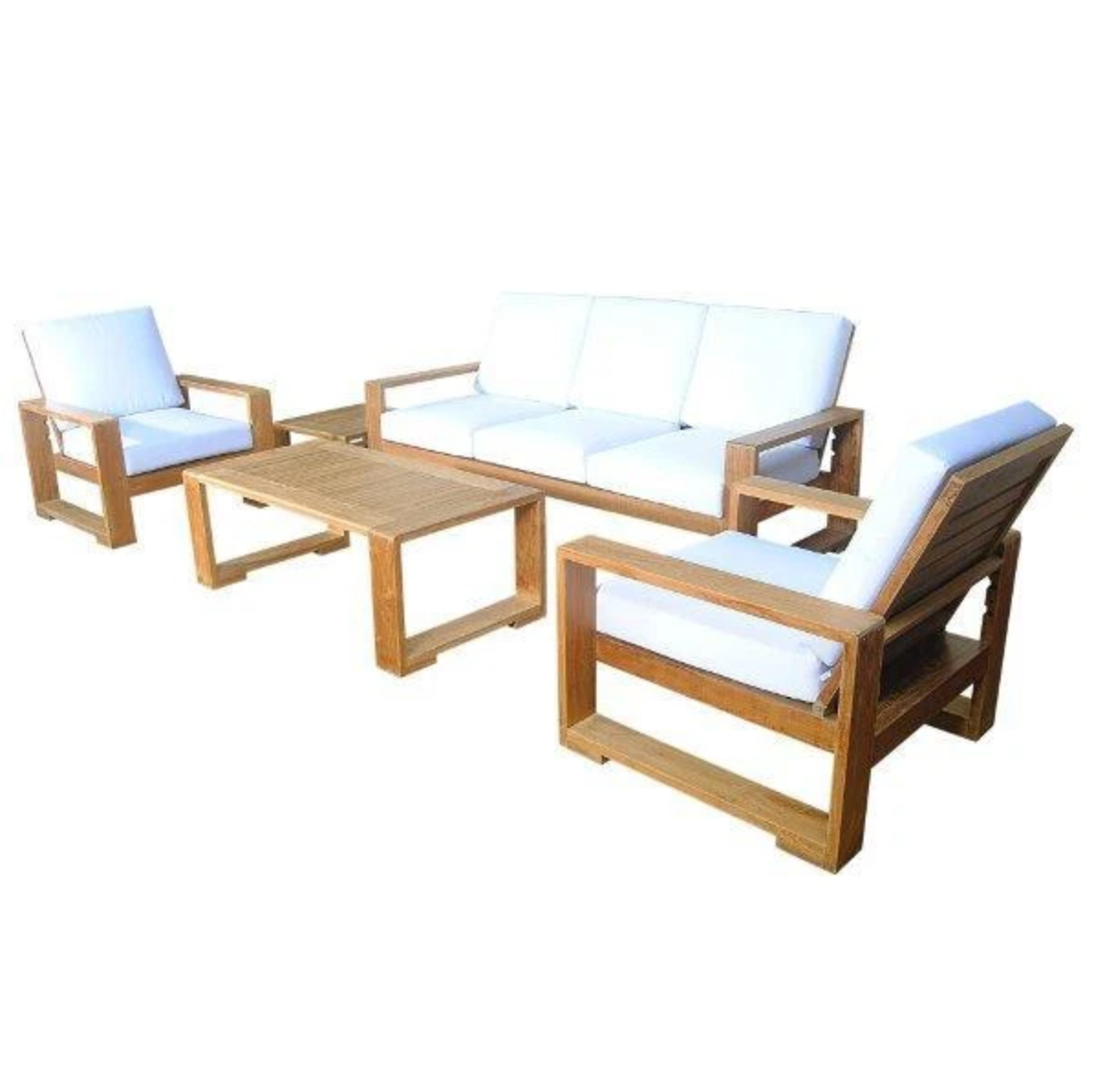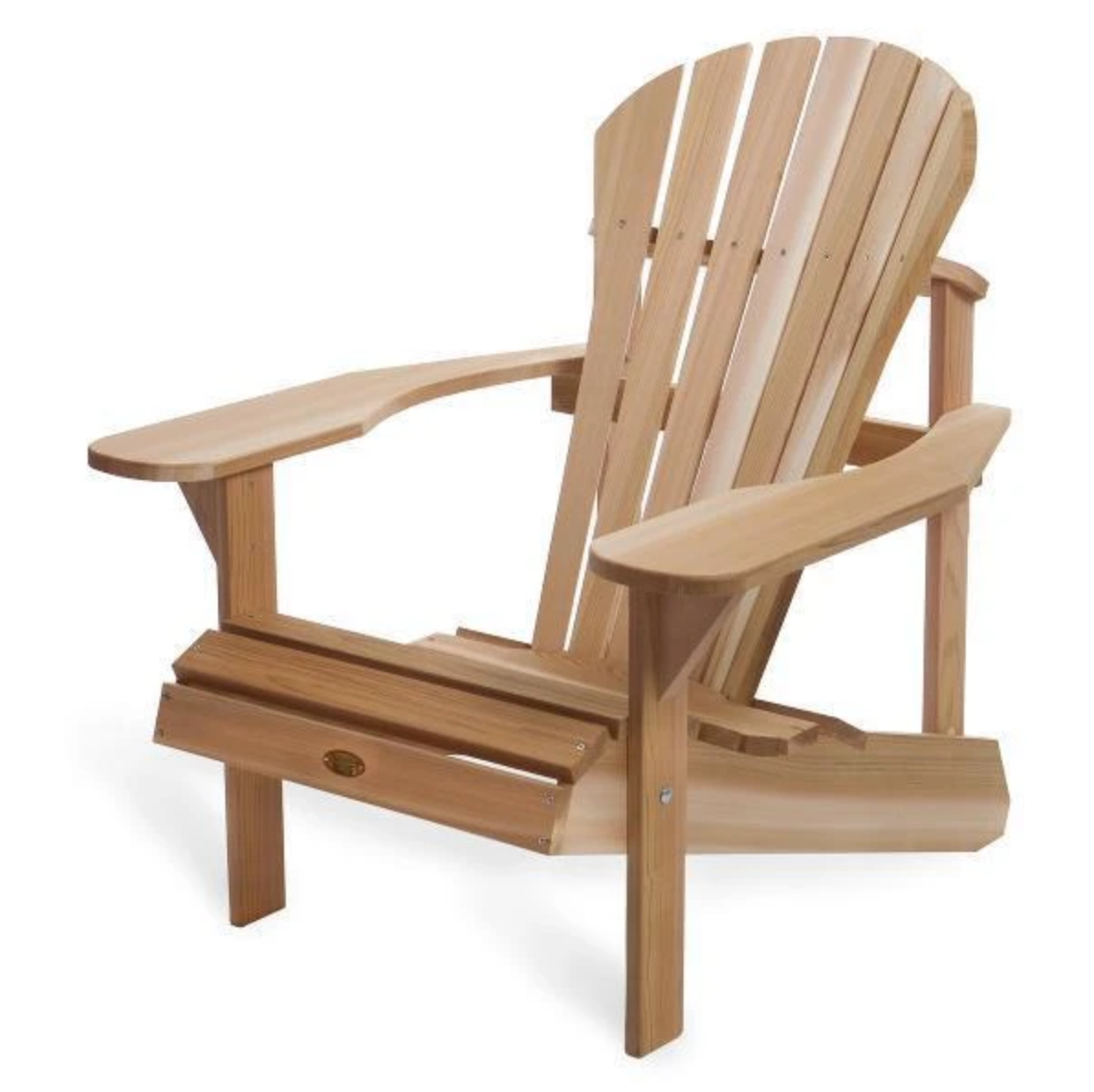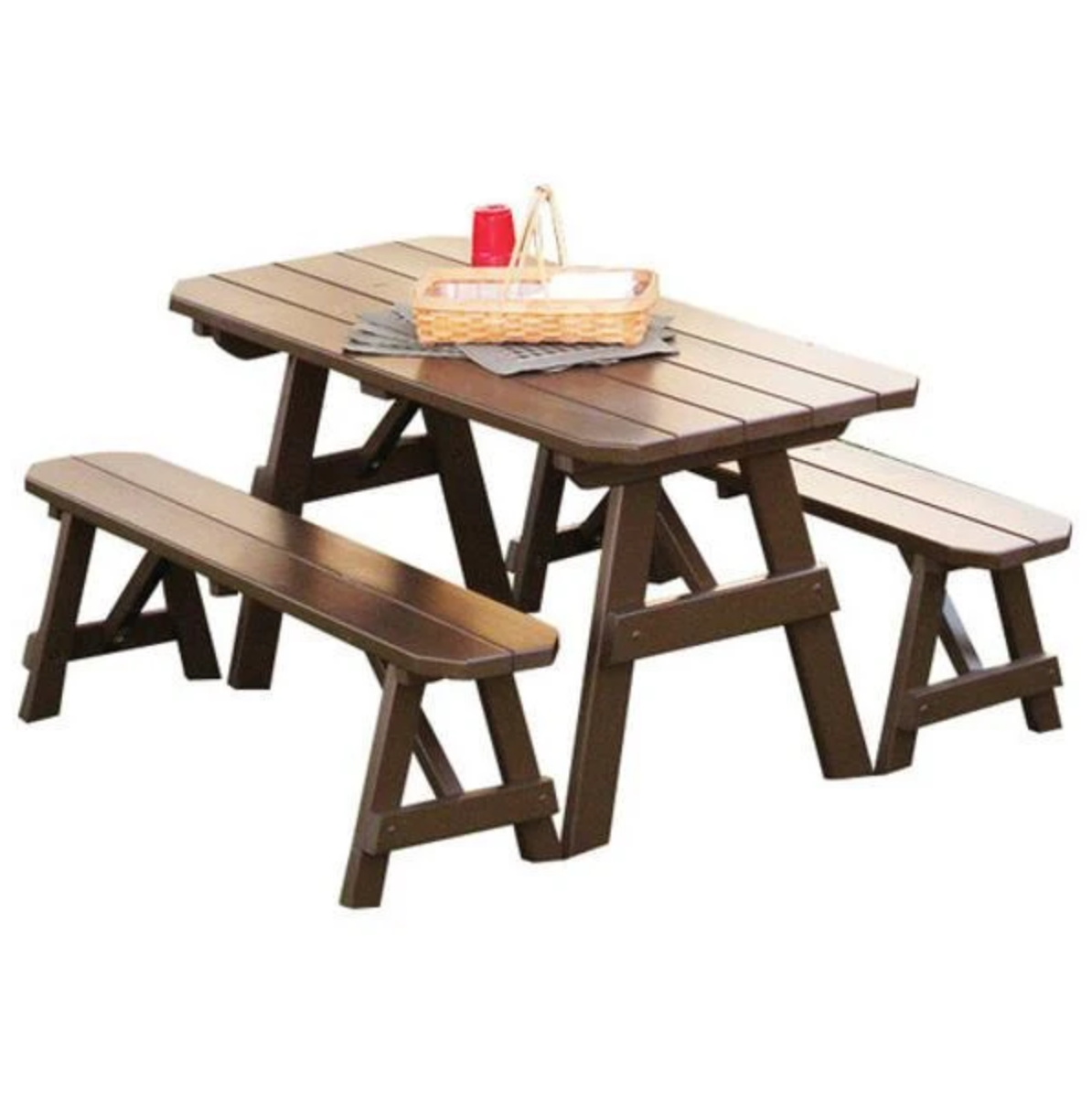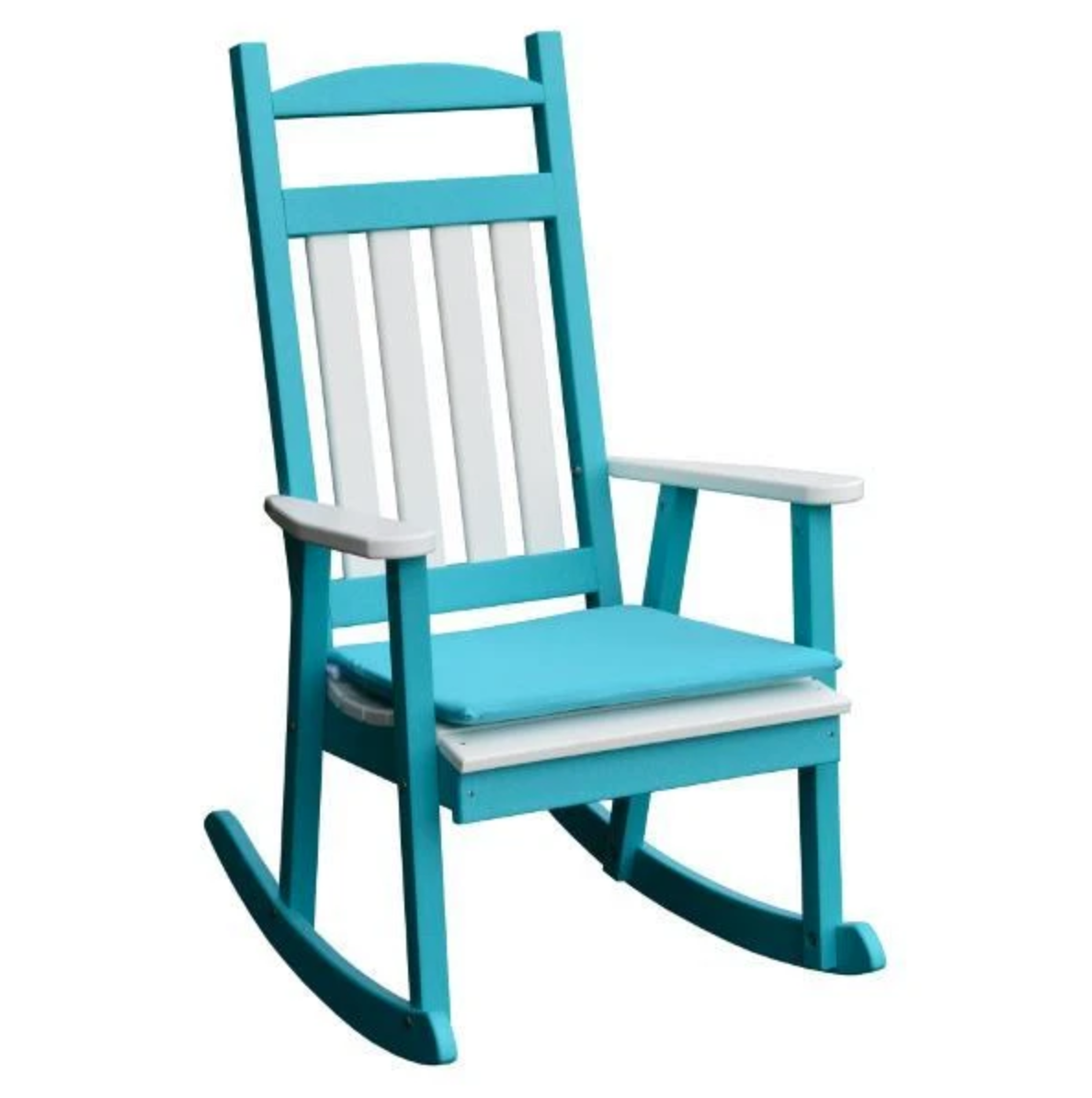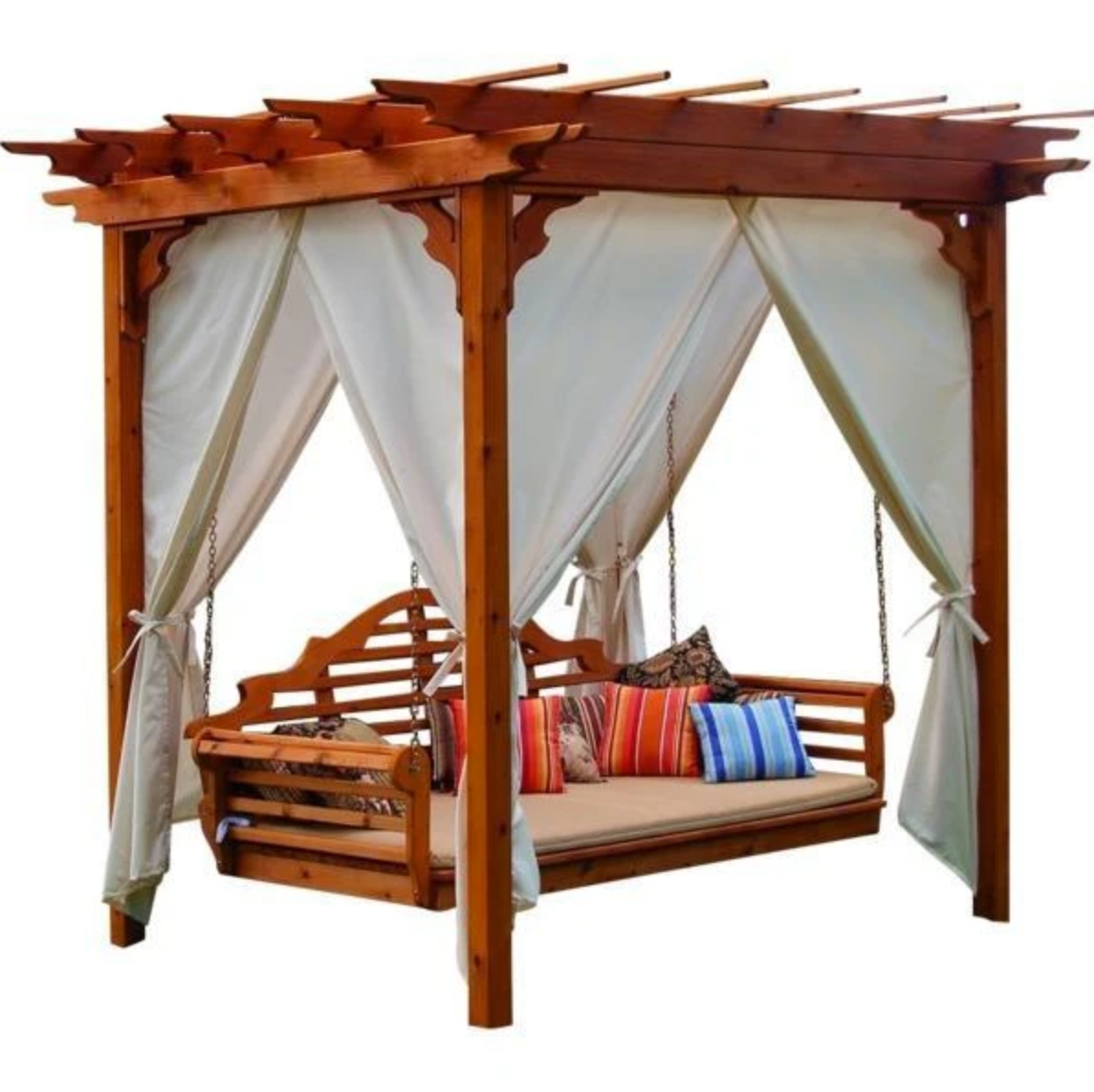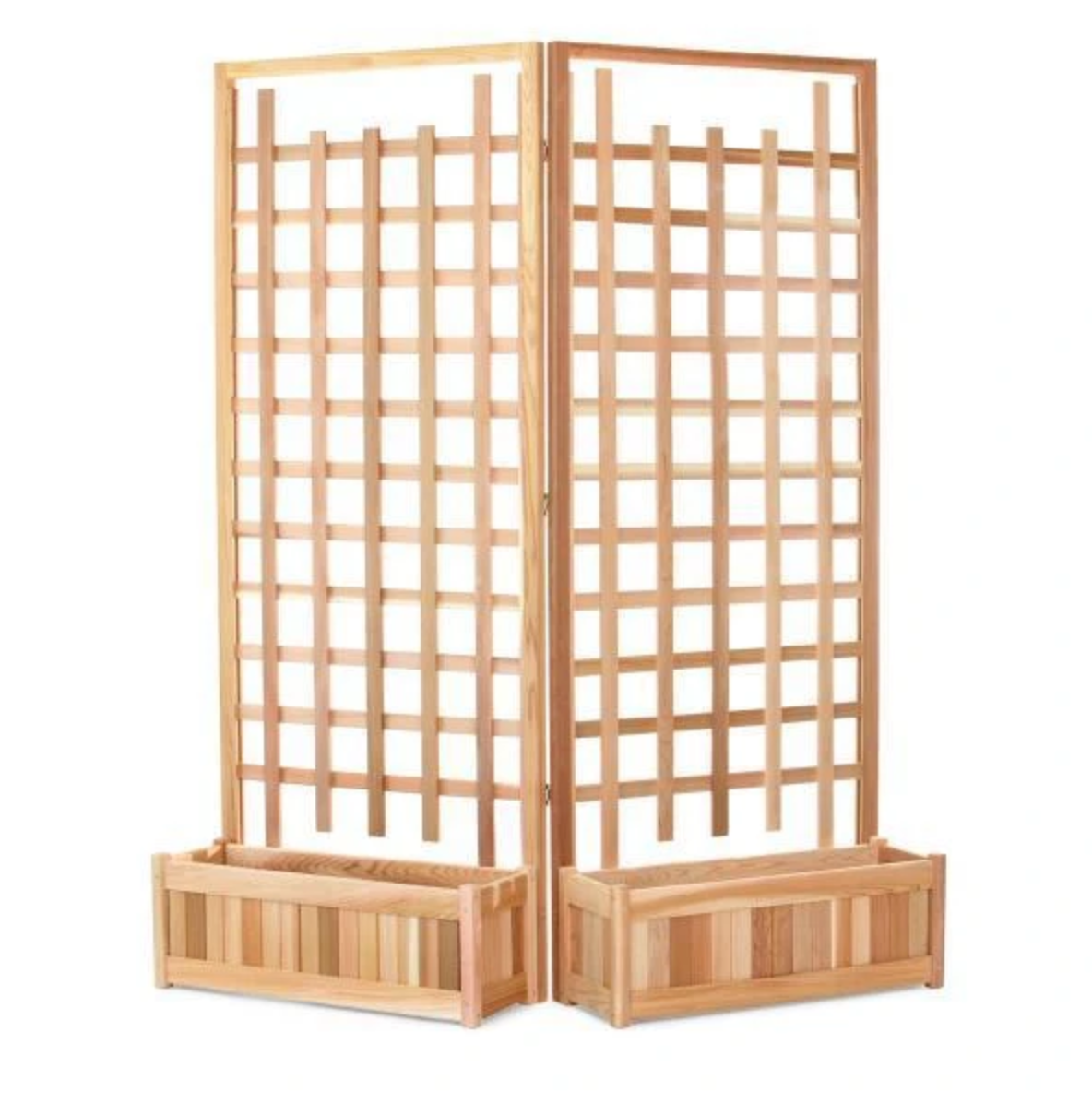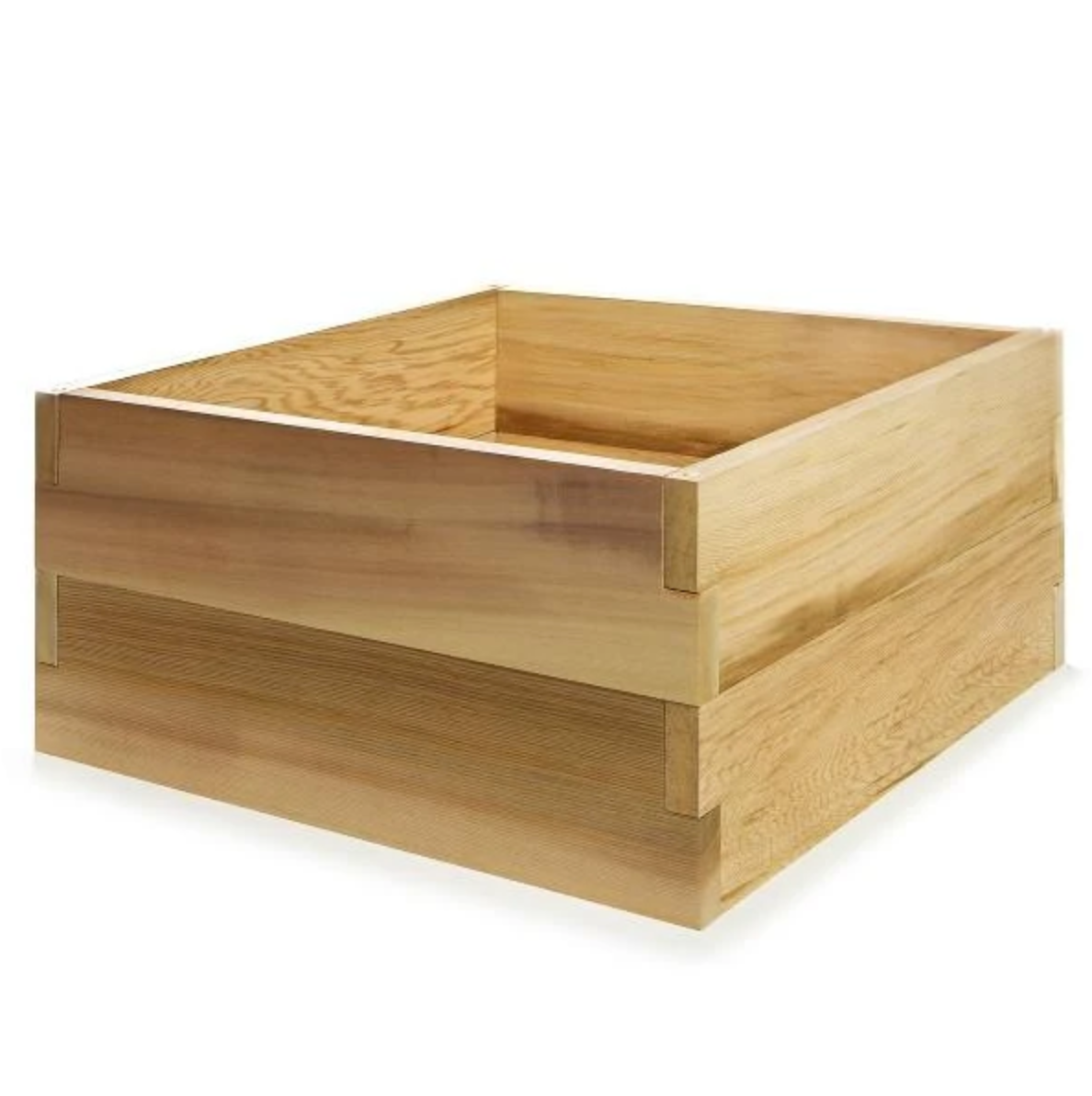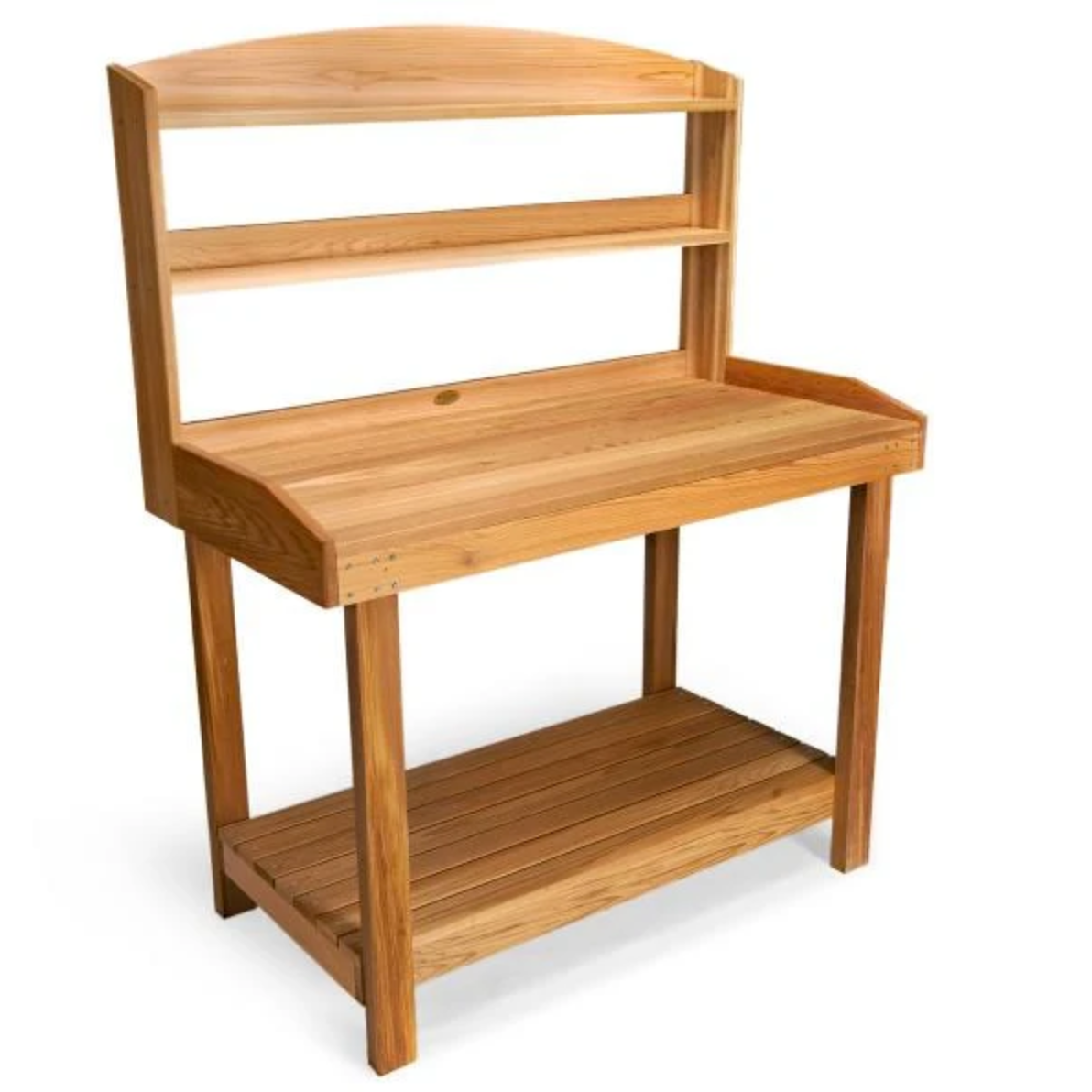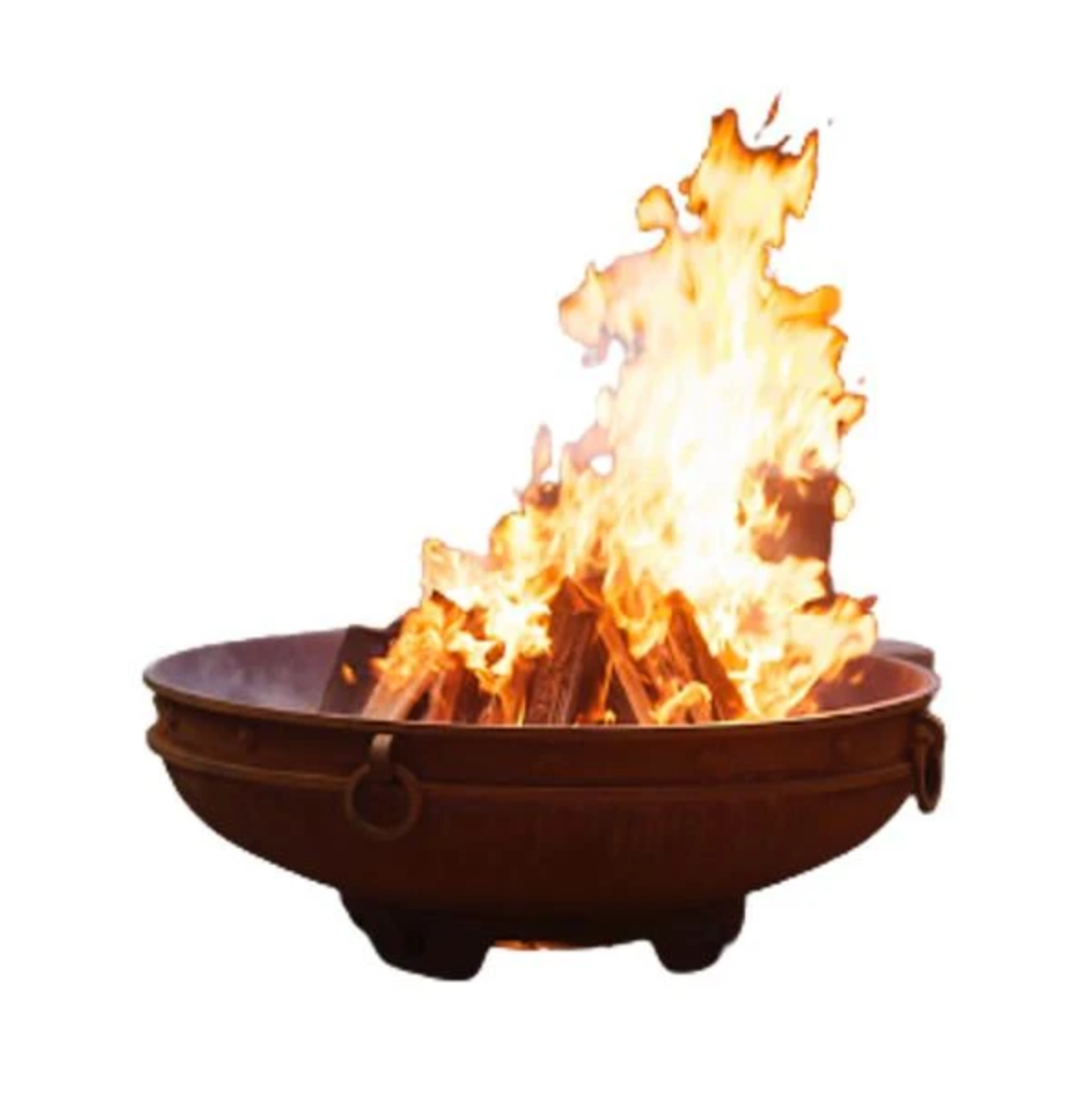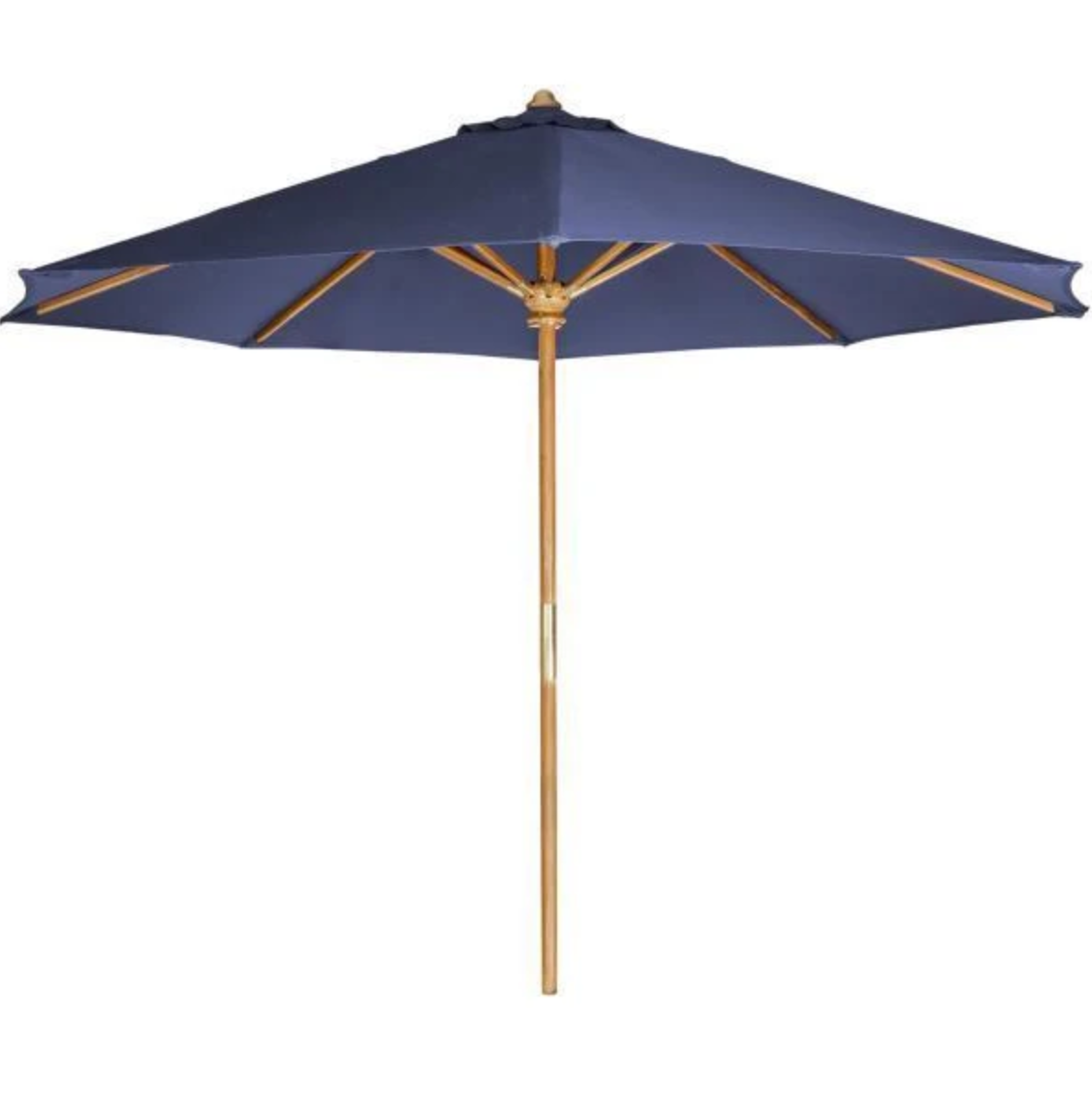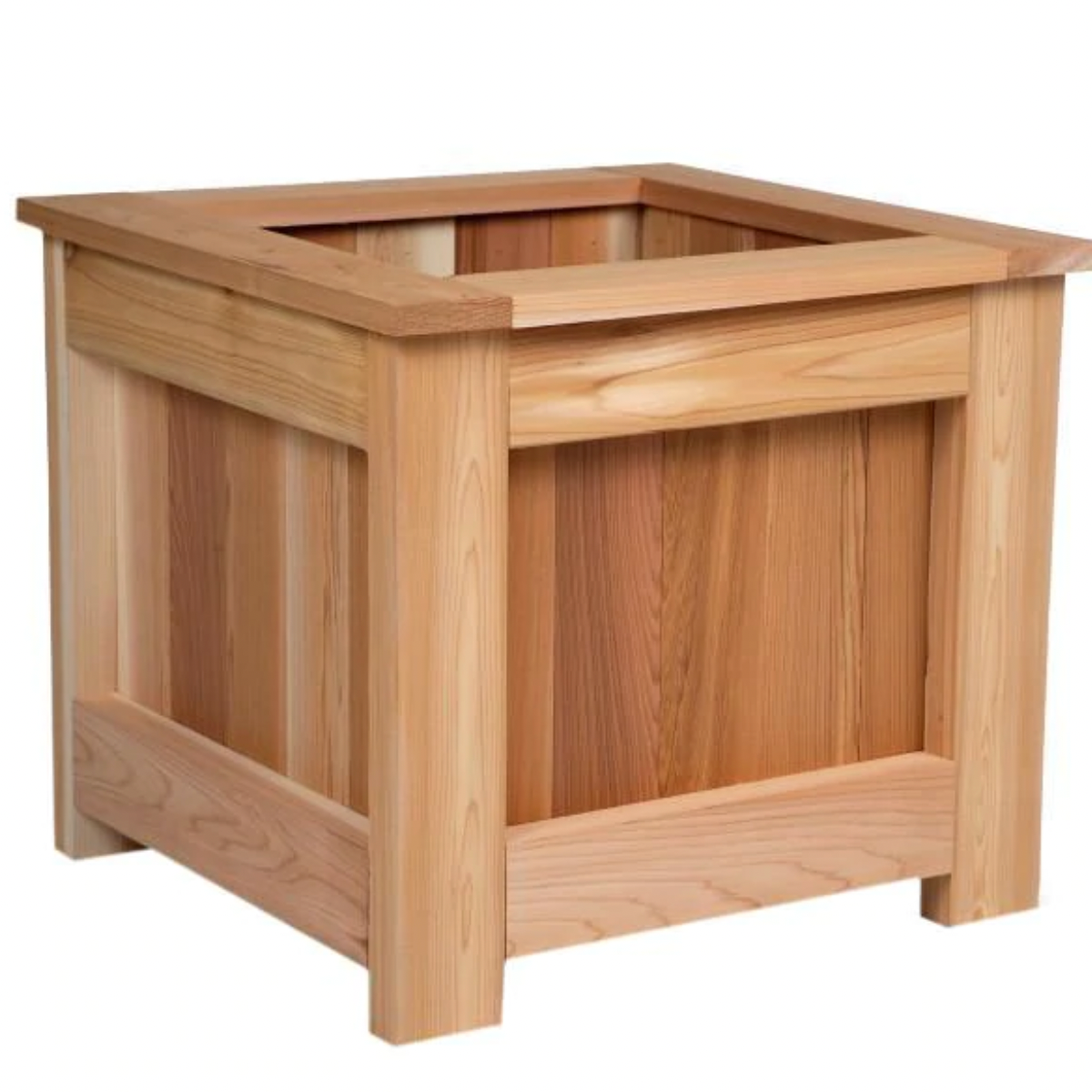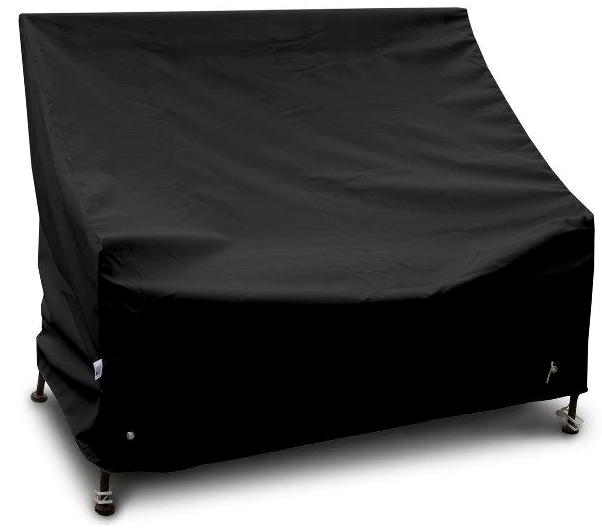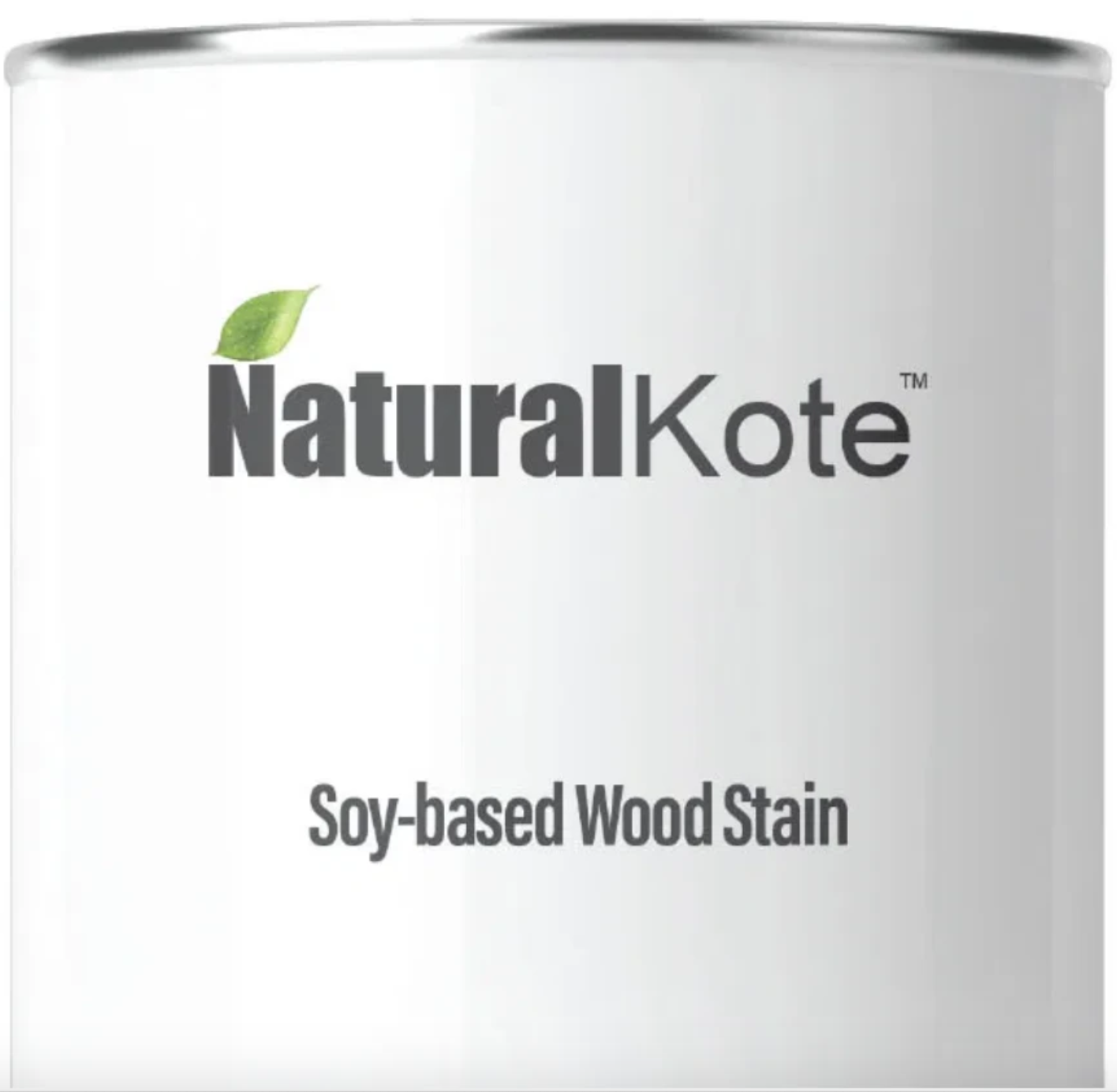Your Cart is Empty
FREE SHIPPING ON EVERY ORDER
Menu

FREE SHIPPING ON EVERY ORDER
Swings
Benches
Tables & Chairs
Home & Garden
Choosing the Right Outdoor Patio Furniture
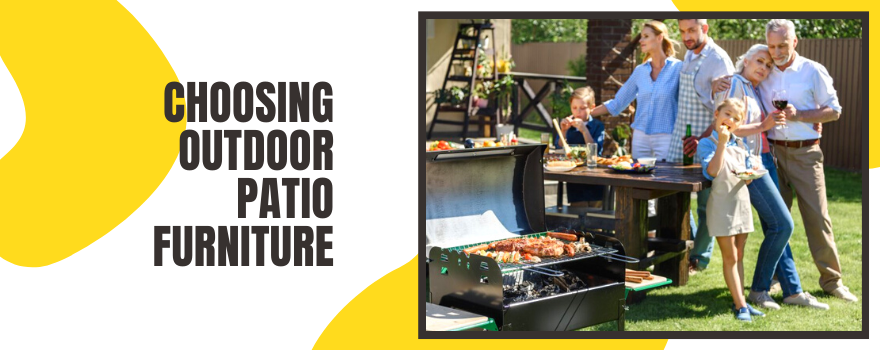
One of the most crucial elements of creating an outdoor space with warmth and ambiance is exceptional curated patio furniture. Choosing well is necessary, considering the overall desired theme and vibe, then whether interior styling is cohesive with the chosen pieces of furniture outdoor. It is essential to choose durable and enduring materials for patio furniture, a sound investment to prevent these cherished possessions' premature depreciation.
Their exposure to potentially harmful weather elements all year round can be damaging. Easy care options are always the best for outdoor locations. Although wood is popular, it will not be temperature and humidity stable if not treated. Variants such as Redwood, Teak, Cedar, and Cypress are the best in appearance and stability.
Others, such as Rattan and Wicker, are perfect for outdoor use. However, these materials do require a simple maintenance procedure every six months to ensure a longer life. Other materials such as steel, aluminum, wrought iron, plastic, and PVC are also popular choices in today's outdoor living areas.
Most metal furniture is sturdy and requires minimal maintenance other than weather coats and polishes. Plastic and PVC materials are prevalent due to being lightweight, affordable, and available in various colors, sizes, and shapes. However, they are not the most secure during high storms, heavy rains, and high winds.
How to Handpick the Right Outdoor Patio Furniture
Available Space
Before considering the style and material for your patio furniture, it's a good idea to measure your outdoor space. Do not buy furniture that will fill the area thoroughly.
Try to keep at least five feet of space around the furniture and around doors and windows to ensure easy movement. Small to medium patio spaces can mix and match individual pieces to create a comfortable seating area.

The Best Quality for your Buck
Most patio furniture falls into specific budgets. For example, metal furniture will be the most expensive as it is the most stable. It is followed by wood, which will last anywhere from 10-20 years but requires constant maintenance and pre-treatment to remain stable.
Wicker and rattan furniture falls in the middle pack and is one of the most versatile furniture materials in cost, style, and quality. Plastic and PVC furniture are the most affordable, easy to set up, store, and care for in the long term.
Style and Color
As there are countless styles available, it is easy to be overwhelmed. Start by assessing your current style and themes indoors and see how you can come up with a cohesive ensemble outdoors. Choose pieces that flow and blend seamlessly with your indoor furniture. You may wish to bring your wicker chair in for the winter and enjoy it by a roaring fire. You may want to extend your nautical theme and choose painted wooden pieces to enhance your wall-mounted oars. Color rules are not hard and fast, and you can mix and match almost anything to create a bright pop of color for an accent on a background of muted tones.

Does Outdoor Furniture Rust?
Outdoor furniture can rust if you buy a metal type that is not cast aluminum. When this happens, take the furniture indoor during extreme weather temperatures to prevent rusting. Buy specialized covers to protect your furniture and fire tables during storms as an alternative to carrying furniture back and forth. If you live in a warm/ hot climate, avoid aluminum because it retains heat and gets super-hot. Consider wicker or wood instead.
Chair Covers
It's unnecessary to cover chairs, but it does make sense to store them on a covered porch. Adirondack chairs, in particular, may need to be covered in case of adverse weather. In the case of an uncovered porch, drop covers work well to protect the wood, wicker, bamboo, and metal furniture in heavy rain and snow.
Most of these sets will also require weatherproof and outdoor-ready cushions and pillowsor backrests to make them comfortable. These are usually removable, and during adverse weather, store them indoors.

Cleaning and Maintenance
Aluminum furniture is the easiest to clean because of its smooth texture. It can be dusted with just about anything and clean with a wet rag. Wipe wicker furniture with a brush because of its texture. Wood furniture needs to be washed with a power washer and then polished.
Is it cost-effective to treat weathered wooden furniture, or should I buy a new one?
When life gets busy, and some of the little maintenance tasks around the house get overlooked, getting your backyard ready for the first summer gathering of the season can be last on the list. Wooden outdoor furniture can certainly look very weathered and maybe even frail. Sometimes it just isn't cost-effective to treat and revitalize weather-beaten wooden furniture. Often, buying a new set is the better option.
Carefully inspect all pieces of the furniture before deciding. Are there loose panels? Are the cracks so deep and wide that the surface seems unstable? If there are many loose wood pieces or deep, wide cracks, you may want to consult with an expert restorer.

Start with a good wash of all of the hard surfaces. Using a specially formulated teak cleaner and a plastic scrub brush, give the wood deep cleaning, rinsing with a steady stream of water throughout the washing process so that the cleaner never dries on the wood. Let the wood dry thoroughly in the sun for a day or two. Once dry, thoroughly sand until smooth and even. Lastly, apply a sealer generously and dry.
Let your eyes be your guide, whether to salvage or replace cushions. If the fabric is faded or stained beyond being spot-cleaned, remove its fabric covering to examine the extent of the damage. Otherwise, replace it with a weather-resistant fabric for an instant make-over at an affordable cost.

Quality wood outdoor furniture can be an excellent investment. Regular care and maintenance go a long way in keeping your furniture, both functional and attractive. If its repair isn't a priority, the advantage of choosing quality wood is reasonably easy to restore and refresh.
Also in News
US
United States
Dec 13, 2025 17:03
Product Tag :
Product Collection :
×
